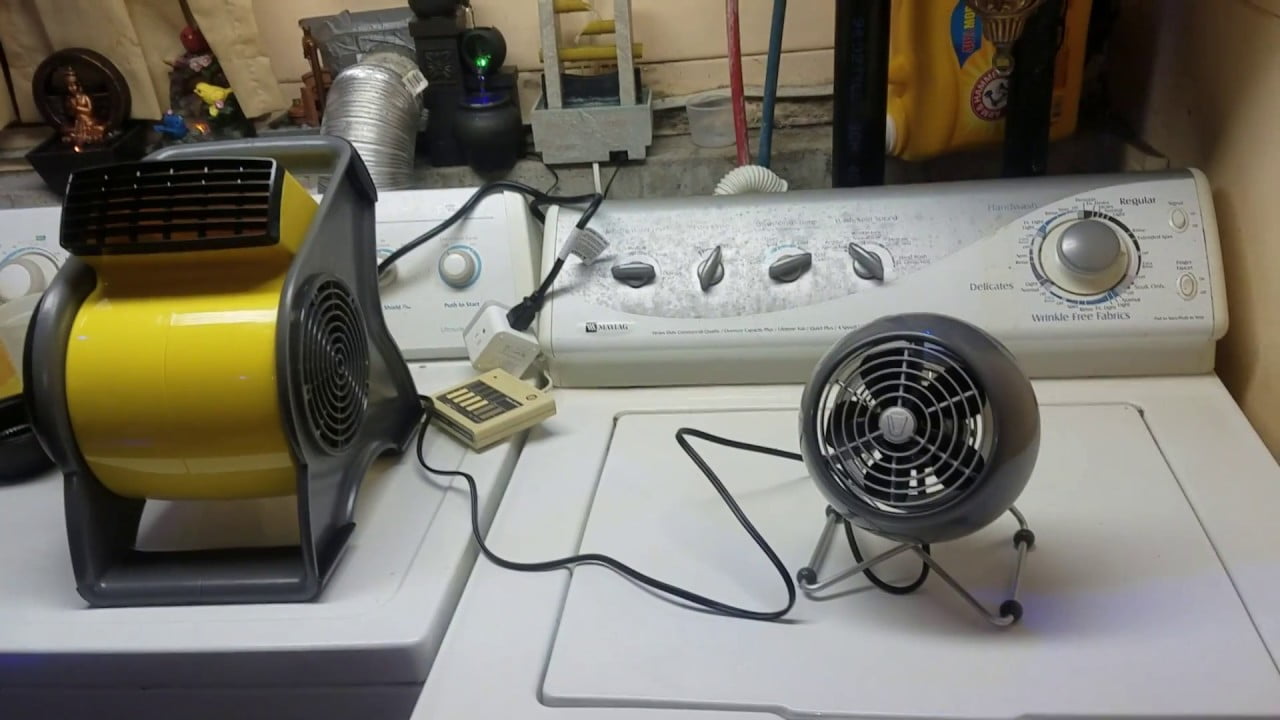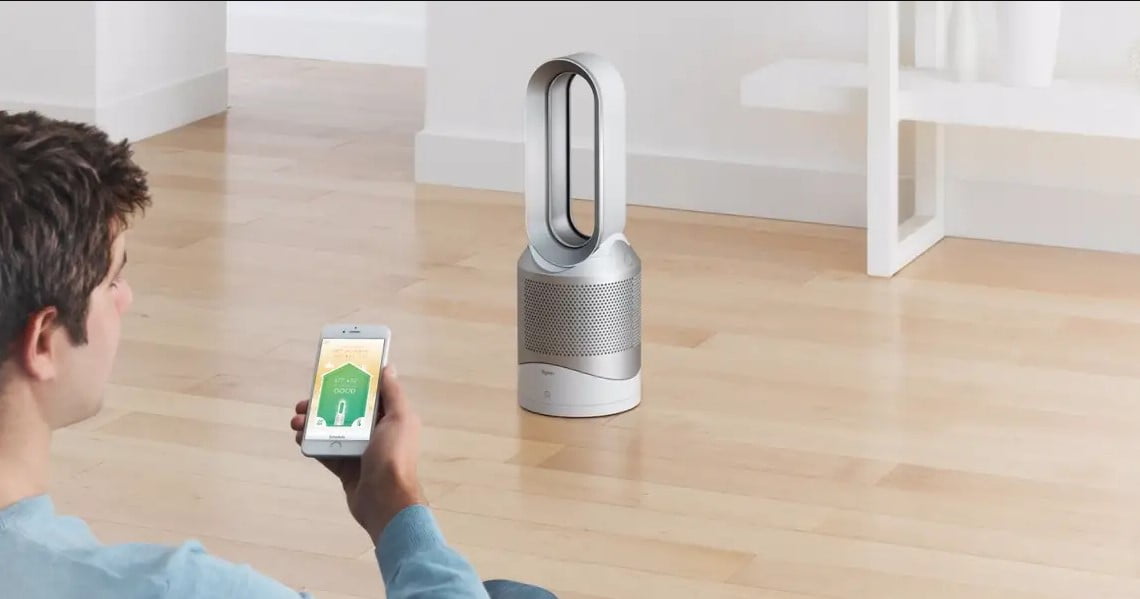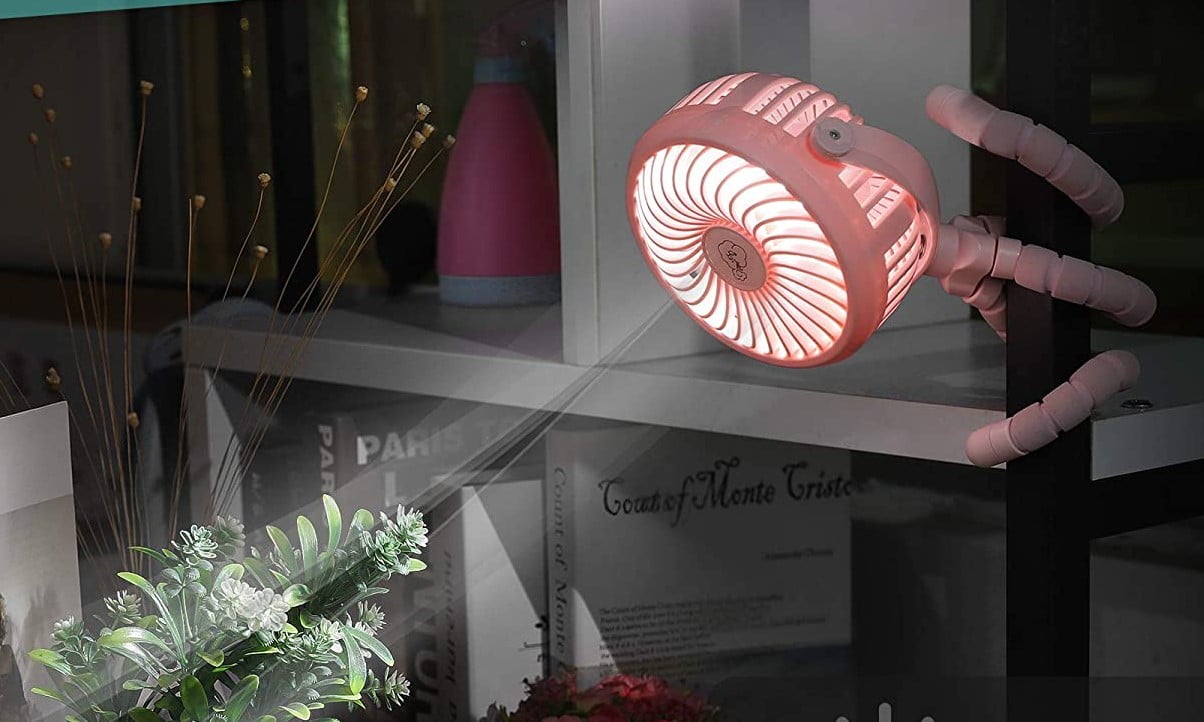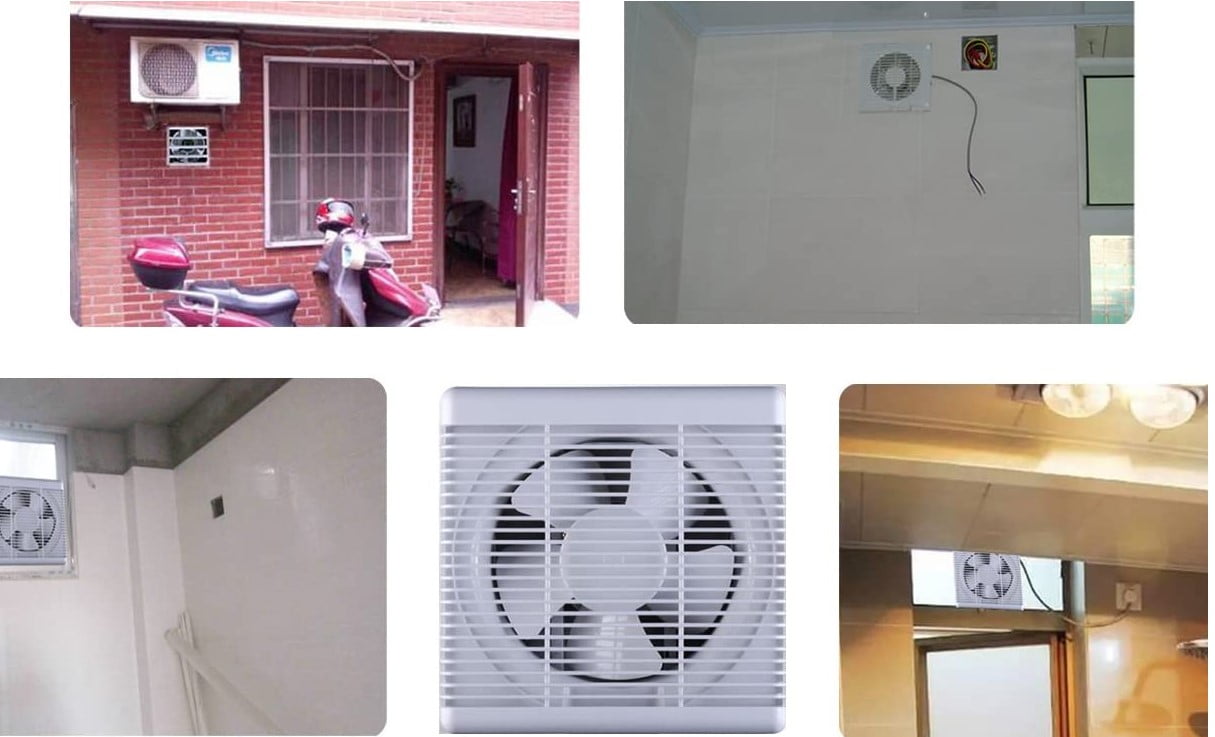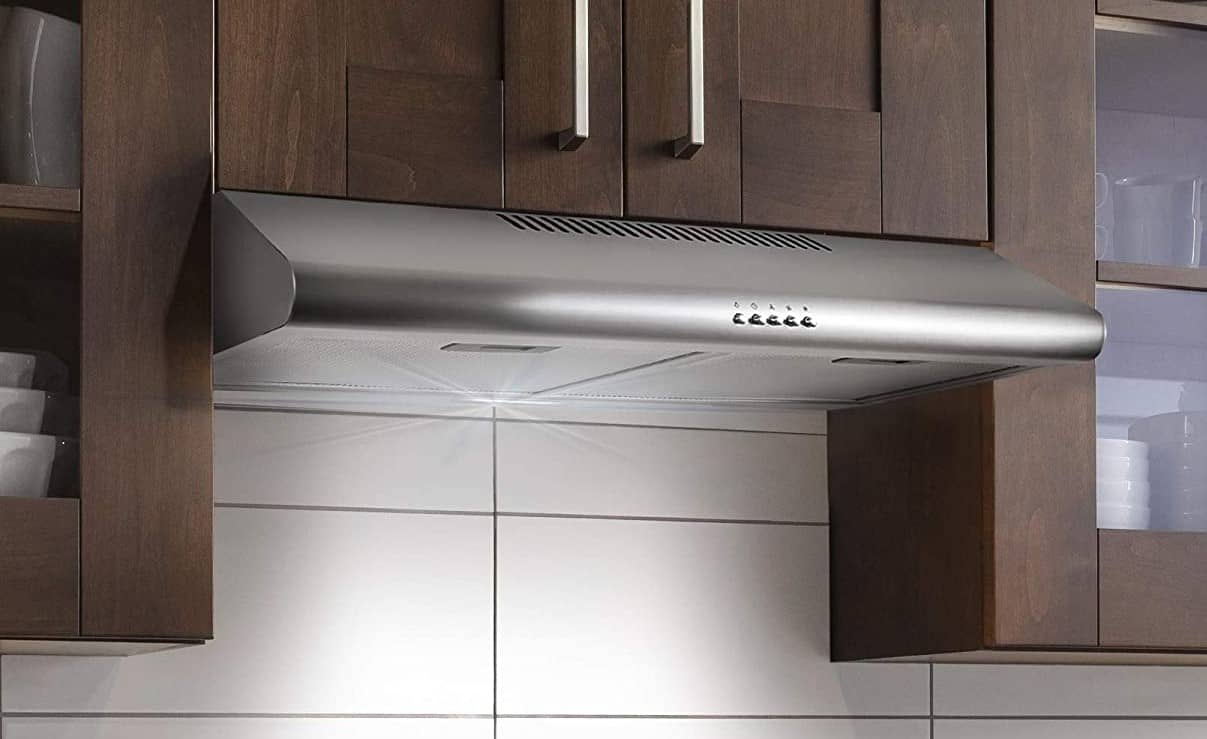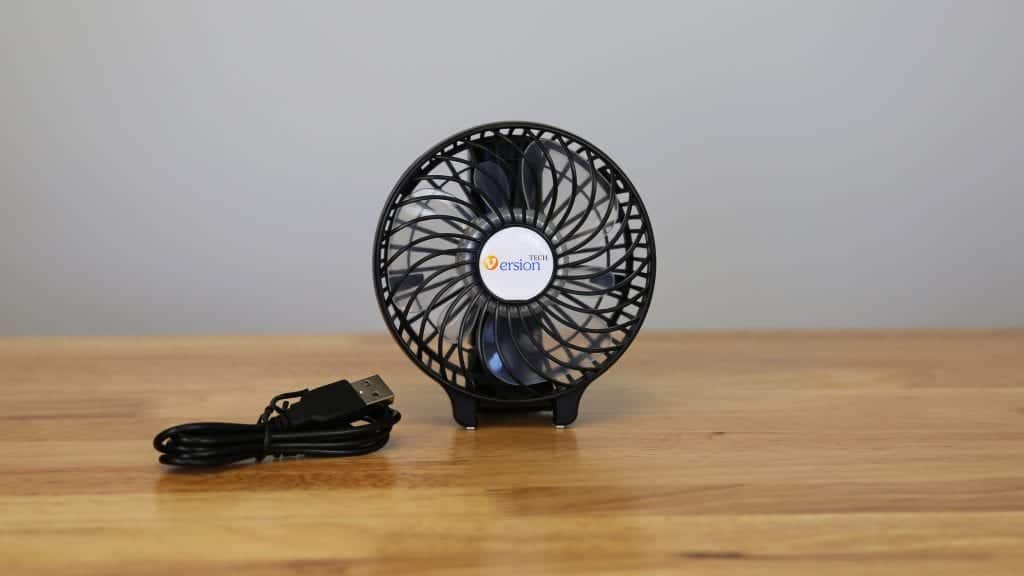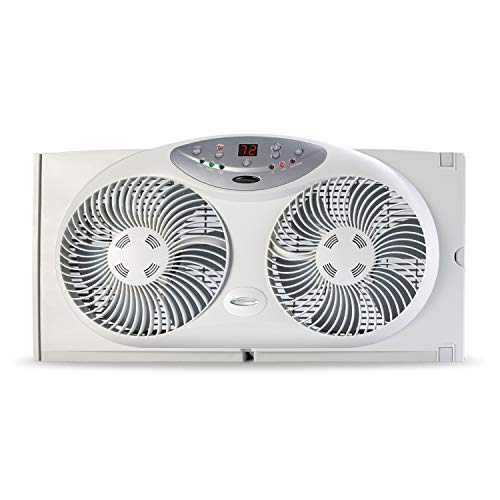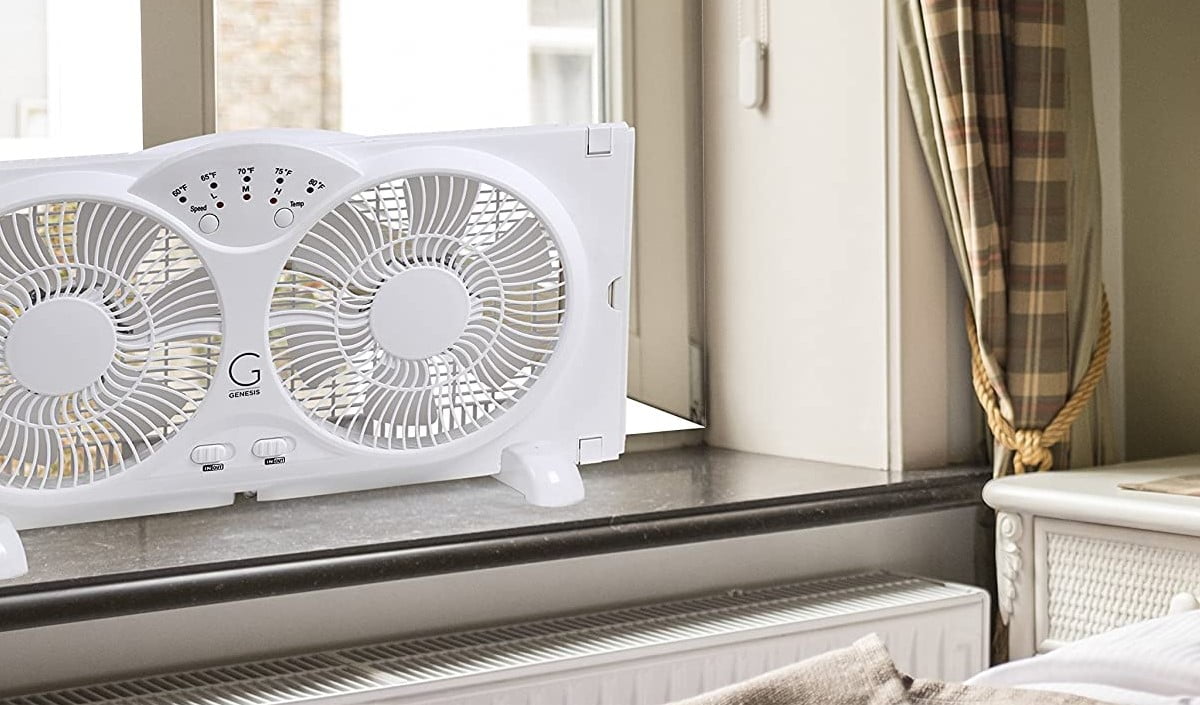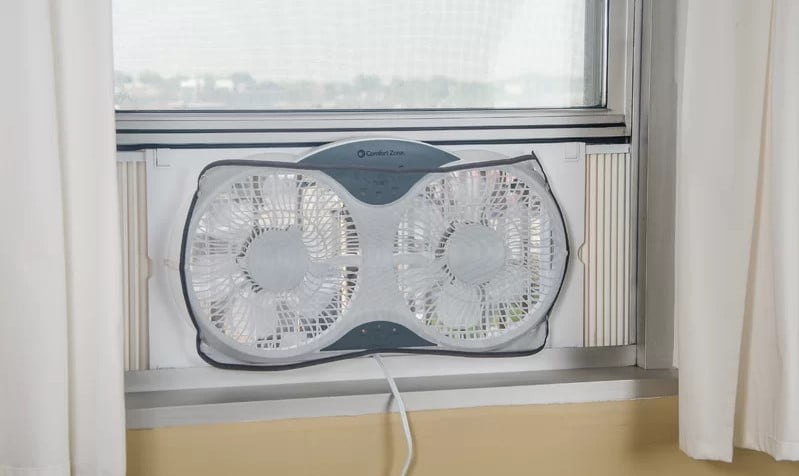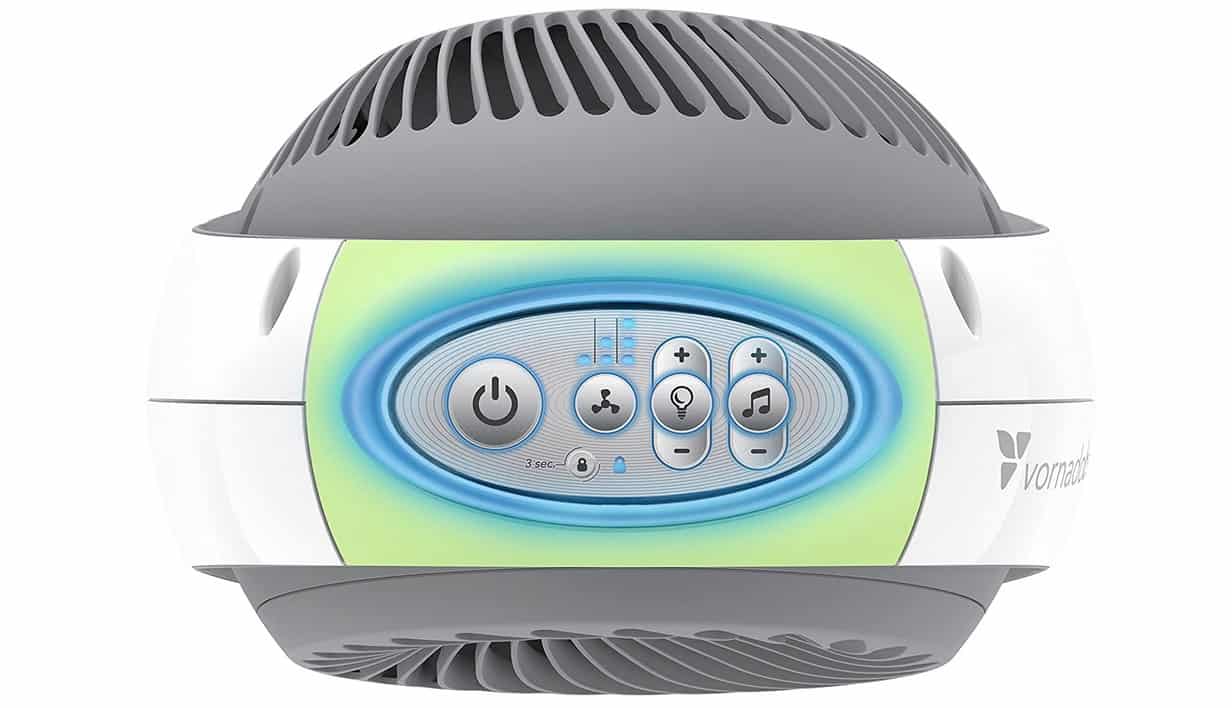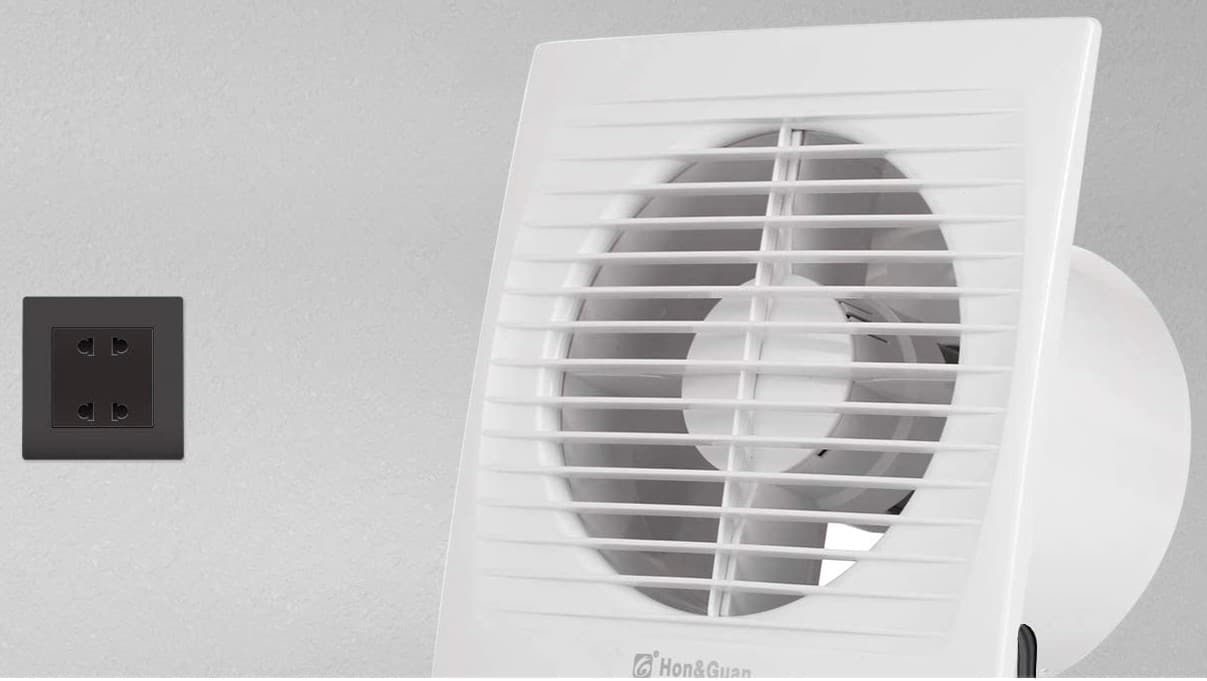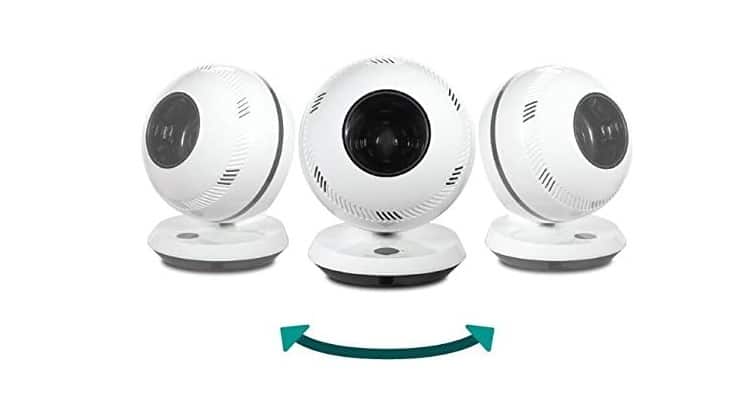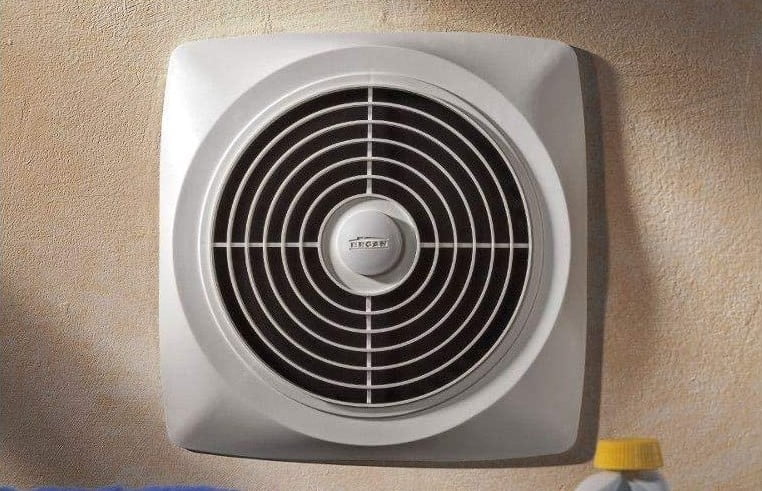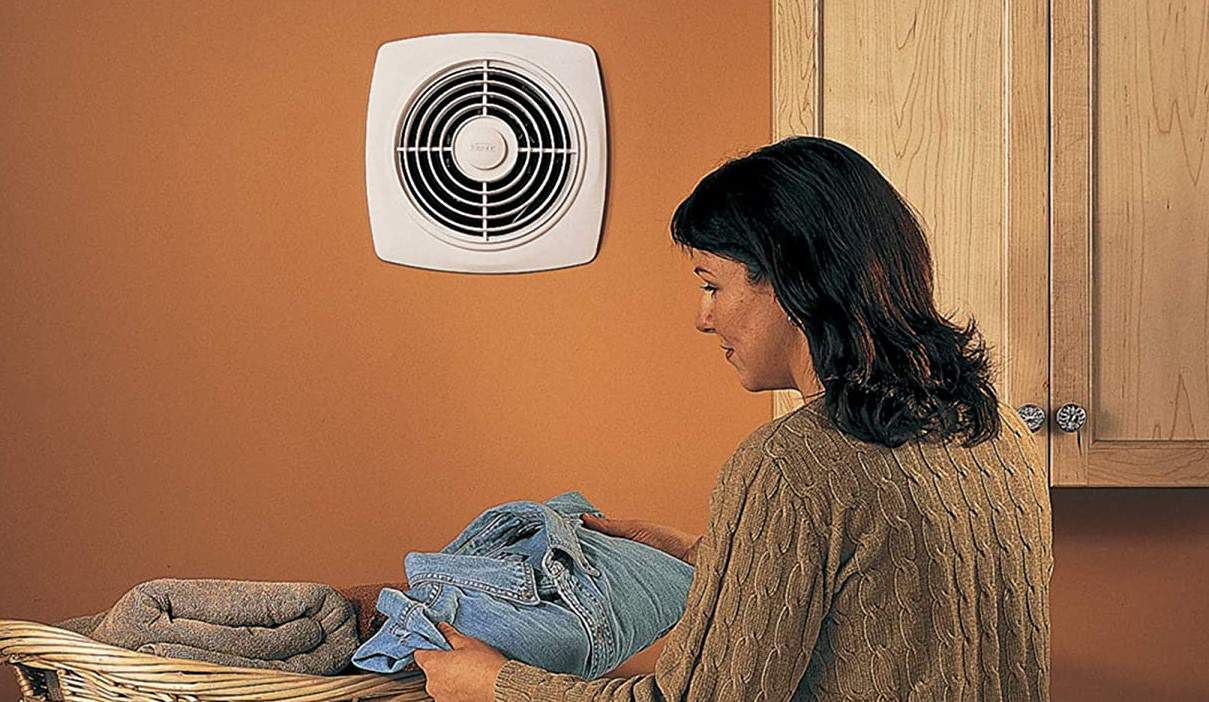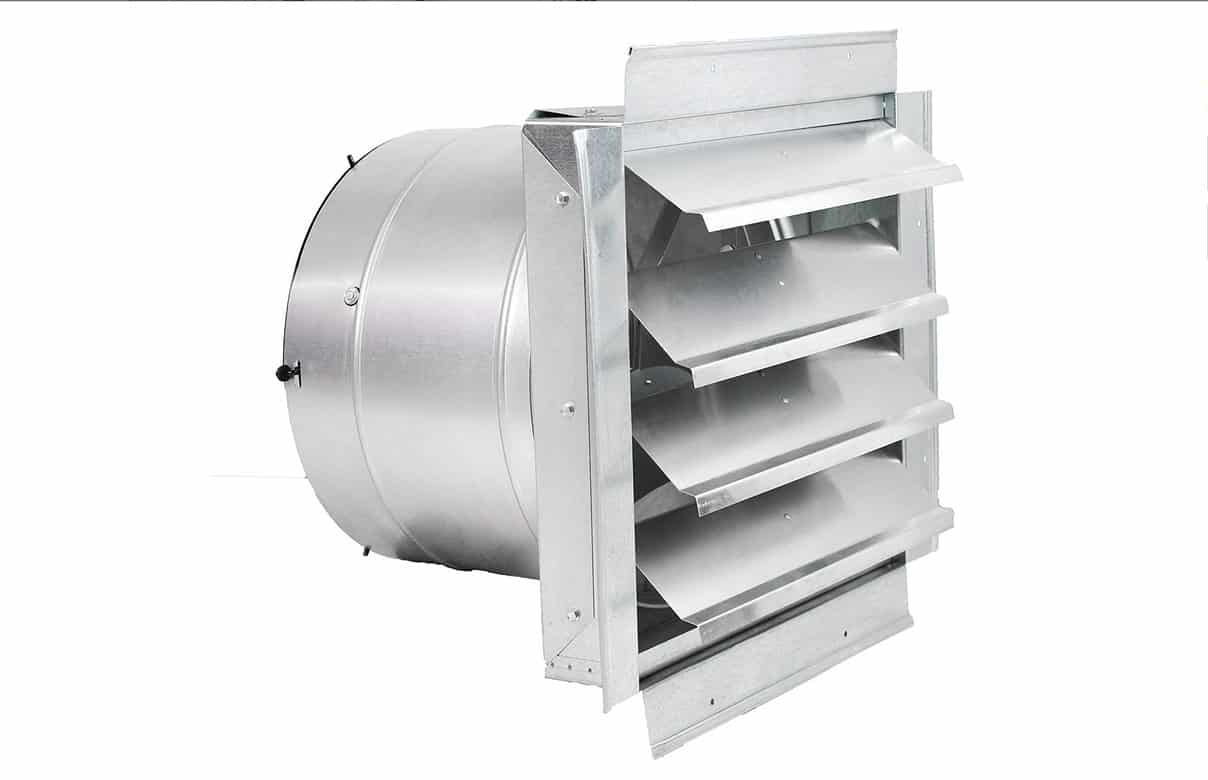We selected the best ceiling fan by focusing on a narrow range of criteria — fan size, the number of blades and blade styles, mounting options, controls, and accessories. While fan size is something you need to compare against the size of the room where you plan to install a big ceiling fan, the remaining criteria will be important for anyone thinking of purchasing a ceiling fan. Blade styles refer to aesthetics and will be important if you’re focused on matching your ceiling fan to your decor. Meanwhile, mounting options are going to be critical whether you plan on flush mounting or downrod mounting your ceiling fan. And finally, controls will be important if you want a remote-controlled fan whereas accessories can add to your fan’s functionality. A fan in the warm months is as important as the best heaters in the cold months. That is why you need the best fans in your house.
Because of the above, we selected the Hunter 53091 Indoor 52-Inch Ceiling Fan as our Top Pick. Although this model is best suited for larger rooms, it features the core functionality you need from a quality ceiling fan. This flush-mounted fan comes with five blades and an optional light kit. Included downrods help you properly install your fan, while the three speeds and reverse motor features help you create a comfortable environment and efficiently heat or cool your home. Also, feel free to see our guide on the best drying fan.
Top 4 The Best Ceiling Fan
#1 Hunter 53091 Indoor 52-Inch Ceiling Fan – Top Pick
WHY WE LIKE IT: A classic five-blade ceiling fan with pull chains featuring a rich hardwood finish and a dimmable LED light kit that is designed for larger rooms.
- Very quiet & dimmable light
- Downrods included
- Quiet operation
- Lacks remote
If you’re not familiar with ceiling fans, Hunter is a heritage brand that’s synonymous with quality. For this reason, we selected their 53091 Indoor 52-in Ceiling Fan as our Top Pick. While this specific Hunter ceiling fan is best suited for large rooms, it comes with a range of features that work as a benchmark when you’re comparison shopping. This five-blade ceiling fan comes with an optional LED light kit to improve energy efficiency. And this Hunter model also offers reverse airflow controls for increased energy efficiency. Aside from being energy-efficient, it has a 13-degree blade pitch with a high cubic feet per minute airflow for the perfect air movement and the best performance. You could say it’s a nice ventilation fan.
Designed for flush mounting, this model also comes with a three and two-inch downrod to ensure you get the right ceiling distance to optimize airflow. With the included pull chains, you can dim the lights or toggle between the three fan speeds. Or, you can buy a remote from Hunter. Plus, the quiet operation ensures that you can install this in your bedroom and won’t have to worry about noise keeping you up at night. Ceiling fans are generally far quieter than even the best portable air conditioner.
#2 Harbor Breeze Mazon 44-in Brushed Nickel Finish Ceiling Fan – Honorable Mention
WHY WE LIKE IT: A flush-mounted sleek three-blade 44-inch ceiling fan in a brushed nickel finish that comes with integrated LED lighting and remote control for a truly modern effect.
- Reverse airflow & LED light
- Sleek Nickel modern finish
- Remote control included
- Downrod not included
Not everyone wants a ceiling fan that gives them vintage vibes. For this reason, we feel that this Harbor Breeze model is one of the best ceiling fans with a remote control. While it only has three blades, the 44-inch size makes this ideal for most average-sized rooms with low ceilings. The slick design is perfect for modern homes too. Unlike our Top Pick, this option comes with integrated LED lighting that can’t be removed.
But what you’ll love most is that this flush-mounted fan can be completely operated through the included remote control. Toggle between the three fan speeds and control the lights all with a push of a button. Best of all, this Harbor Breeze ceiling fan is designed to support reverse airflow to optimize your heating and cooling efficiency. You may find that your room no longer needs the best window air conditioner to stay cool.
#3 Westinghouse Lighting 7876400 Alloy 42-Inch Gunmetal Indoor Ceiling Fan – Best Budget
WHY WE LIKE IT: A minimalist gunmetal finish, reversible style blades, and lighting kit combine in this three-blade ceiling fan that’s perfect for creating a clean aesthetic in your home.
- Lifetime motor warranty
- Light kit & downrod included
- Reversible blade styles
- Lacks remote
Some people like to change their decor fairly frequently. And if that’s you, you might not be up for replacing your ceiling fans to match your mood every time you redecorate. But our Best Budget choice, the Westinghouse 7876400 Alloy 42-Inch Gunmetal Indoor Ceiling Fan, makes changing home designs easy thanks to the reversible blades that feature black on one side with graphite on the other. Westinghouse fans are also very energy efficient, thanks to their advanced engineering technology.
You’ll also like that this model — like our Honorable Mention — also comes with an integrated lighting fixture. This Westinghouse fan is best suited for smaller rooms but is designed for flush mounting. However, it does come with additional down rods for precise installation. And while this model lacks an included remote control, pull chains allow you to switch between the three fan speeds and toggle the lights on and off. If you have an outdoor room like an enclosed patio, the best outdoor ceiling fan will do the job.
#4 Honeywell 30-in Ceiling Fan with Frosted LED Light – Best for Small Rooms
WHY WE LIKE IT: A petite 30-inch ceiling fan with integrated LED lighting and three reversible blades makes this perfect for use in smaller spaces like recessed kitchens or home offices.
- Reversible style fan blades
- Included LED lights
- Dual flush-mounting options
- Lacks remote
Larger fans are unrealistic in smaller spaces. And this is why we’ve nominated the Honeywell 30-inch Ceiling Fan with Frosted LED Light as the best choice for small rooms. This petite ceiling fan is designed to be equal parts functional and stylish. The satin nickel finish is paired with three reversible blades giving you the freedom to choose between a light oak or satin nickel effect.
But this contemporary design also comes with features you would expect of a ceiling fan, such as three speeds, a reversible motor, and pull chains to manually adjust the settings. This model also comes with a four-inch downrod for the perfect installation in whichever room you choose. These days, many are choosing the best tower fans over the ceiling models, so you may want to compare.
How We Decided
For many people, ceiling fans are a staple item that can help reduce energy expenses. So, we looked at a range of core features to help streamline your shopping experience. We considered the fan size, the number of blades and blade styles, mounting options, controls, and accessories. While all the ceiling fan models in our roundup are designed explicitly for indoor use, if you’re thinking of installing a ceiling fan outdoors, you need to be mindful of weatherproof ratings as well.
We understand that each buyer is going to have their own needs when it comes to fan size. So, while we only highlighted a select number of fan sizes, you can easily shop from any of the brands on our list and find a size that’s compatible with the square footage of whichever room where you plan to install it. However, in our roundup, we included a fan for tight spaces (#4), fans for average-sized rooms (Honorable Mention and Best Budget), and a fan for large rooms (Top PIck).
In our selections, only the Top Pick offers a five-blade design. The remaining options are all three-blade options. But it’s important to highlight that the number of blades won’t impact how well a ceiling fan cools or moves air through a room. But we continued focusing on blade design. You’ll note that our Best Budget and #4 selections both offer reversible blade designs. Reversible blades usually offer a darker and lighter side. This is ideal if you want to change your room’s decor frequently and want to adjust your ceiling fan blades to match it.
In terms of mounting options, all of the models on our list are designed to be flush-mounted. However, some models, such as our #4 choice can be flush mounted in two ways — flush to a traditional ceiling and flush against an angled ceiling. The remaining three models (#1, #2, and #3) didn’t specify that they were compatible with angled flush mounting.
Next, we looked at controls and accessories. Only our Honorable Mention choice came with a remote control to operate the fan speeds or lights. All of the remaining models offered pull chains, with our Top Pick highlighting that a remote could be bought separately from the brand if users wanted to use a remote. Additionally, only our Top Pick featured an optional light kit. In contrast, the other three choices in our list offered integrated lighting which can’t be removed. And only our Honorable Mention lacked downrods as part of the standard installation kit. If you are looking for a cheaper way of controlling your indoor air, get the best window fans.
Ceiling Fan Buyer’s Guide
The Most Important Features to Consider
- Fan Size
Ceiling fans come in a range of sizes that indicate the length of the fan blade. Usually, longer fan blades can move more air than shorter blades. The sizes are meant to correspond with the square footage of the room where you plan to install your fan. Since ceiling fans are designed to circulate air in a room, picking the wrong size could leave you with a room that experiences poor airflow (because the ceiling fan is too small), or a room where the airflow is too intense because the fan is too big for the room. General guidelines recommend that you use a 52-inch fan for a room that is up to 400 square feet. Smaller rooms up to 225 square feet are ideal for 44-inch fans. And a 42-inch fan is ideal for smaller rooms up to 144 square feet. But if you’re trying to circulate air in a room that’s longer than 18 feet, use two medium-sized fans for optimal airflow. - Ceiling Height and Wall Clearance
Along with the actual fan size, you need to also consider your room height. Measuring this is almost similar to the finest wall mount fans, as you need clearance for the fan’s grate. Depending on how high your ceilings are or if they slope, you’ll need a drop rod to ensure that your ceiling fan is properly circulating the air. In particular, if your room has ceilings taller than eight feet, you need a drop rod for proper air movement. Likewise, fans need at least two feet of clearance from the surrounding walls to be effective. Ensure that any room where you plan to install a ceiling fan meets these requirements. You may also look for a fan company with specially designed fans for your ceiling height (high or low), an example being the Hunter Fan 59269 Low Profile designed for low ceilings. - Fan Blades
Most ceiling fan models are available with either three or five blades. While the number of fan blades isn’t going to impact airflow, they can impact the cost. Typically, ceiling fans with more blades tend to cost more. Fan blades are also made in various materials including natural wood, laminated, veneer, acrylic, fabric over frames, and even reversible finishes. - Mounting Options
For a secure installation, ceiling fans should be mounted into existing light fixture boxes. However, you can opt for a flush or downrod mount. Flush mounting is ideal for rooms that are no taller than eight feet. Downrod mounts are for rooms with ceilings that are nine feet or taller and require downrods. However, not all ceiling fans come with downrods. So, if you have high ceilings, you’ll need to review the product information to confirm that a downrod is included or purchase one separately. - Weatherproof Rating
While this consideration isn’t important if you’re installing a ceiling fan indoors, it will matter if you’re planning on installing a fan in an outdoor ceiling or screened-in porch. Look for models that highlight weatherproof fan blades. Specifically, you’ll need to consider whether you need a wet-proof or damp-proof ceiling fan. While both are safe around moisture, damp-proof is not rated for direct contact with water. In contrast, wet-proof fans can get wet. - Controls
Ceiling fans can usually be operated in one of two ways: manual pull chains or remote control. Pull chains can allow you to change the fan’s speed as well as manually control the lighting if you opt for a ceiling fan model that includes lighting. But a remote control gives you the freedom to comfortably control your fan without having to be right underneath it. With some ceiling fans, you can choose to install a wall control option that operates as a switch, but a remote-controlled one is less tedious. Some even pair with your smart home devices, like the Timber Smart Ceiling Fan. - Accessories
Since most people install ceiling fans inside an existing light fixture, one of the most popular fan accessories is a lighting kit. Some ceiling fan models come standard with lighting kits, but you can also purchase these separately. Another important accessory is an angled ceiling adapter which helps you mount a ceiling fan on an angled ceiling.

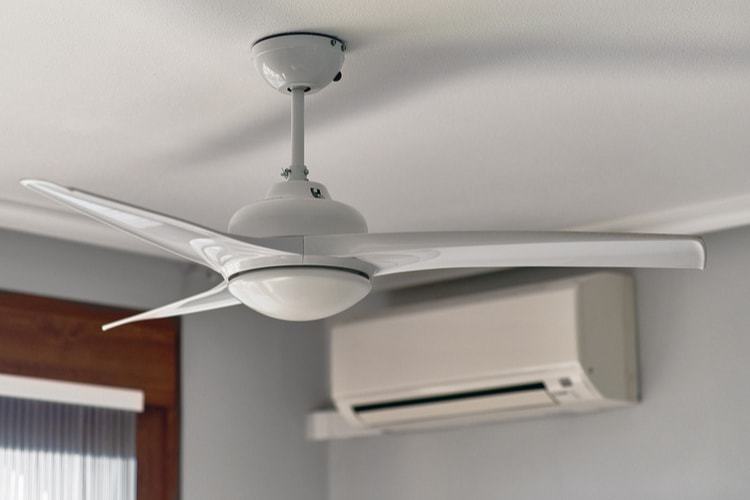








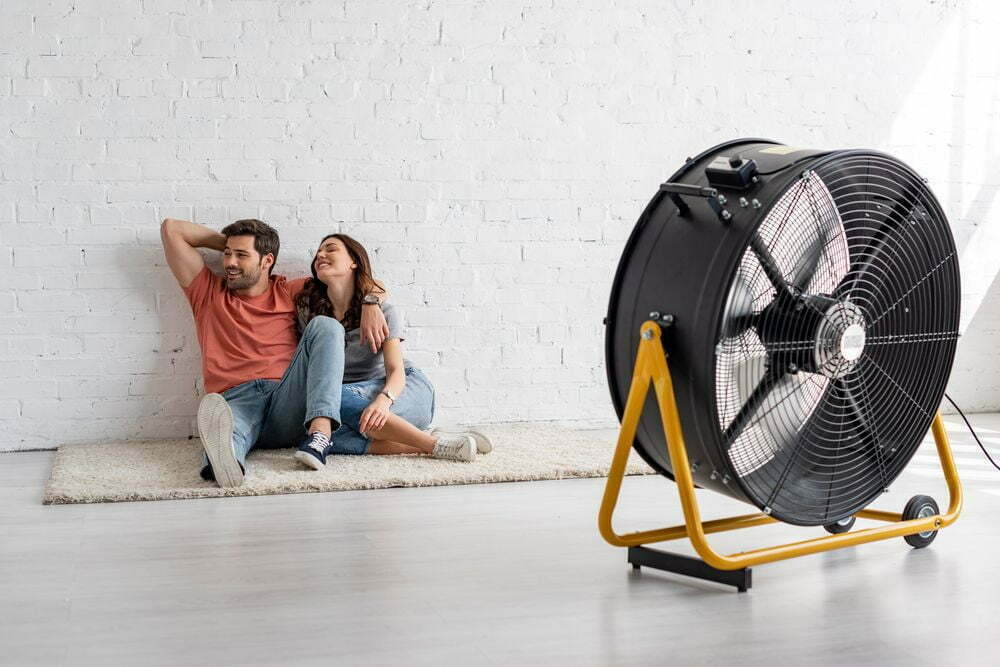


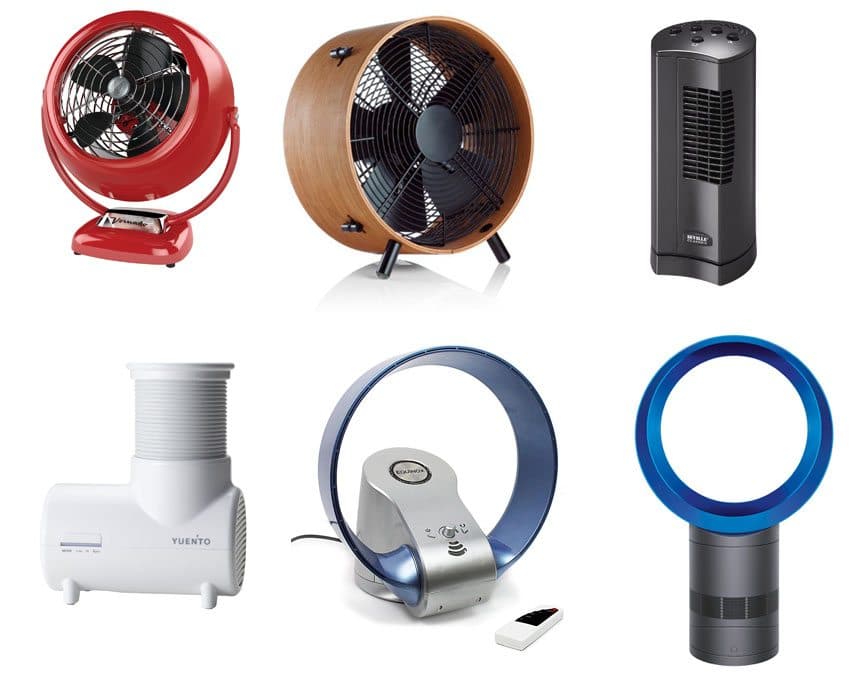
![Best Fans in [year] ([month] Reviews) 17 Best Fans in 2025 (December Reviews)](https://www.gadgetreview.dev/wp-content/uploads/best-fans-image.jpg)
![10 Best Desk Fans in [year] 18 10 Best Desk Fans in 2025](https://www.gadgetreview.dev/wp-content/uploads/best-desk-fan-image.jpg)
![10 Best Window Fans in [year] 19 10 Best Window Fans in 2025](https://www.gadgetreview.dev/wp-content/uploads/best-window-fans.jpg)
![10 Best Exhaust Fans for Kitchen in [year] 20 10 Best Exhaust Fans for Kitchen in 2025](https://www.gadgetreview.dev/wp-content/uploads/best-exhaust-fan-for-kitchen-scaled-1.jpg)
![10 Best Garage Fans in [year] 21 10 Best Garage Fans in 2025](https://www.gadgetreview.dev/wp-content/uploads/best-garage-fan.jpg)
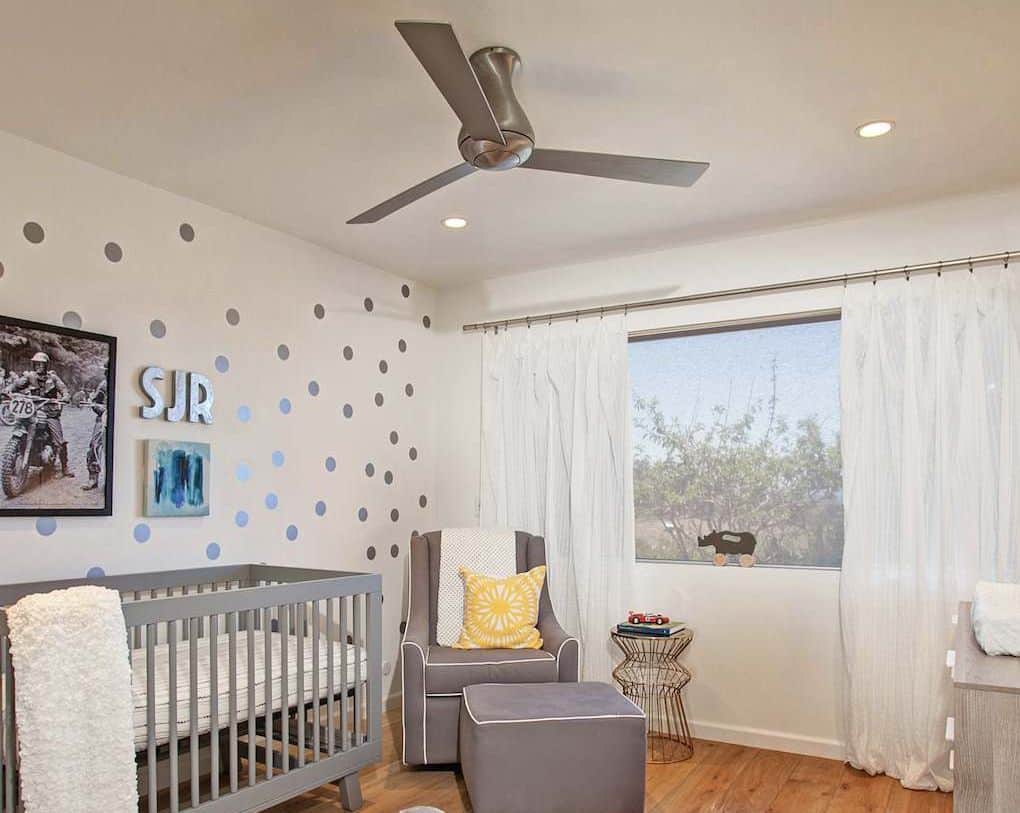
![10 Best Outdoor Floor Fans in [year] 23 10 Best Outdoor Floor Fans in 2025](https://www.gadgetreview.dev/wp-content/uploads/best-outdoor-floor-fan.jpg)
![10 Best Travel Fans in [year] 24 10 Best Travel Fans in 2025](https://www.gadgetreview.dev/wp-content/uploads/best-travel-fan.jpg)
![10 Best Stroller Fans in [year] 25 10 Best Stroller Fans in 2025](https://www.gadgetreview.dev/wp-content/uploads/best-stroller-fan.png)
![10 Best Wall Mount Fans in [year] 26 10 Best Wall Mount Fans in 2025](https://www.gadgetreview.dev/wp-content/uploads/best-wall-mount-fan.jpg)
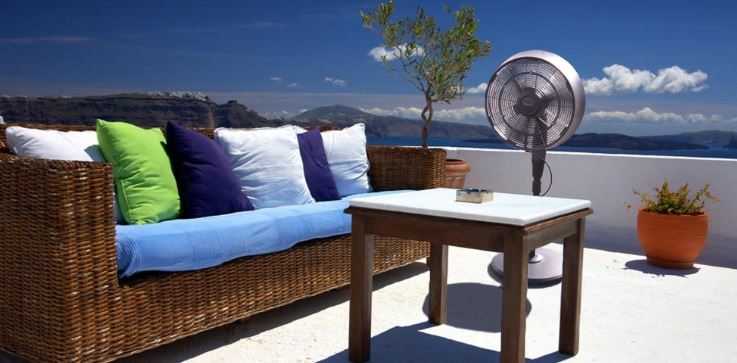
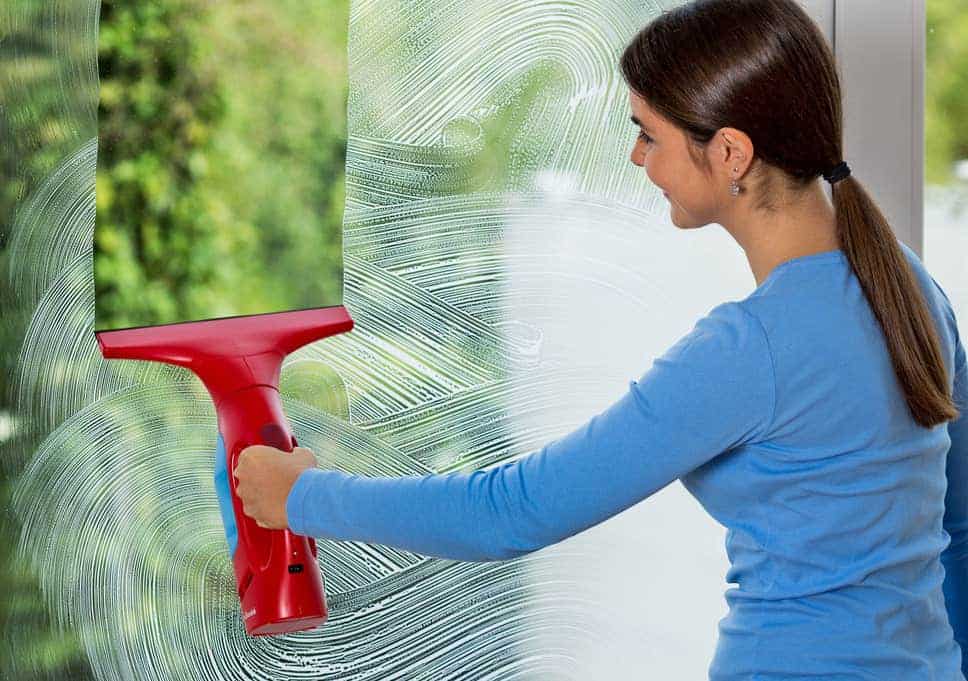
![4 Best Robotic Window Cleaners in [year] 29 4 Best Robotic Window Cleaners in 2025](https://www.gadgetreview.dev/wp-content/uploads/best-robotic-window-cleaners.jpg)
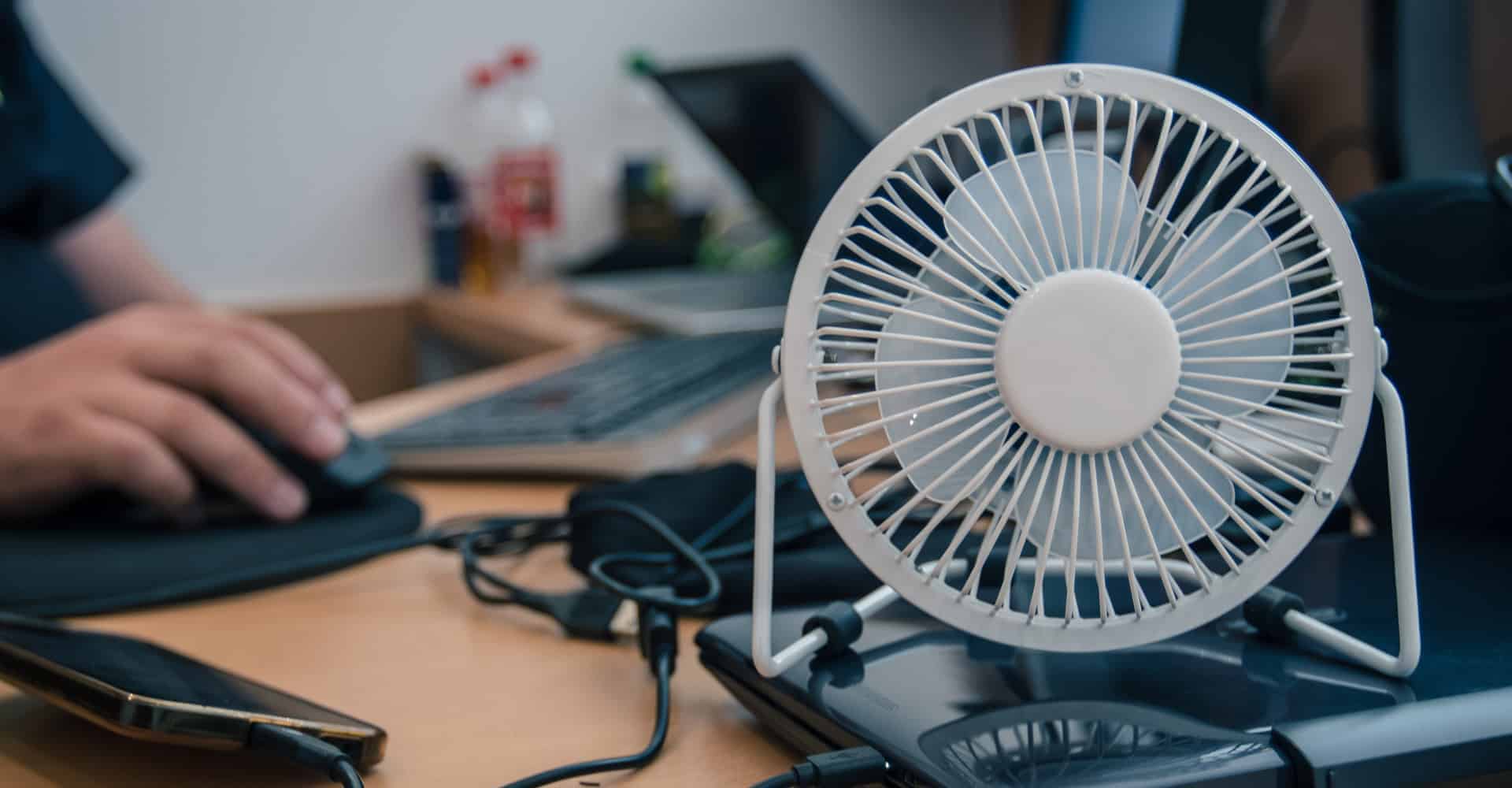
![7 Best Stainless Steel Cleaners in [year] 31 7 Best Stainless Steel Cleaners in 2025](https://www.gadgetreview.dev/wp-content/uploads/best-stainless-steel-cleaner.png)
![7 Best Portable Closets in [year] 32 7 Best Portable Closets in 2025](https://www.gadgetreview.dev/wp-content/uploads/best-portable-closet.jpg)
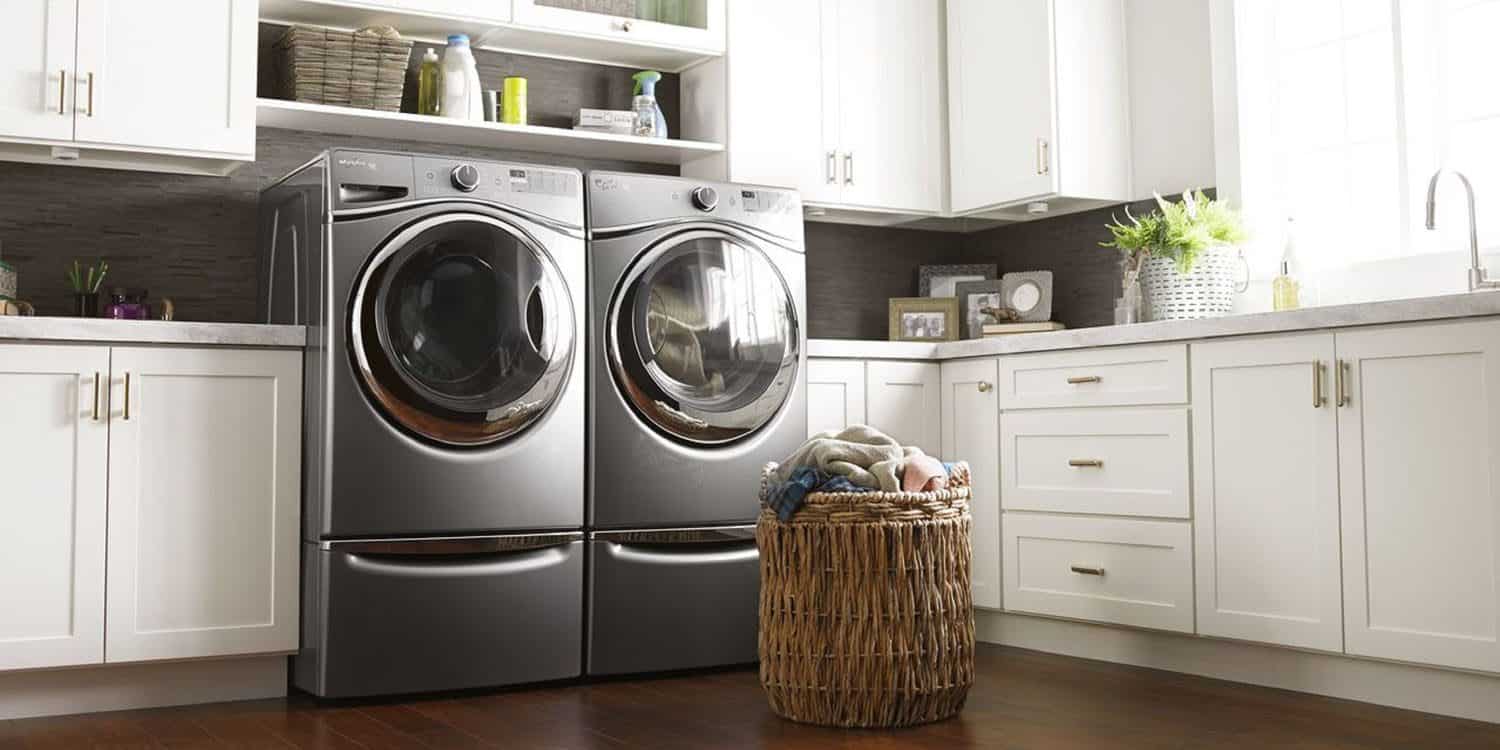
![6 Best Speaker Shelfs to Enhance Your System in [year] 34 6 Best Speaker Shelfs to Enhance Your System in 2025](https://www.gadgetreview.dev/wp-content/uploads/best-speaker-shelf-to-enhance-your-system.jpg)
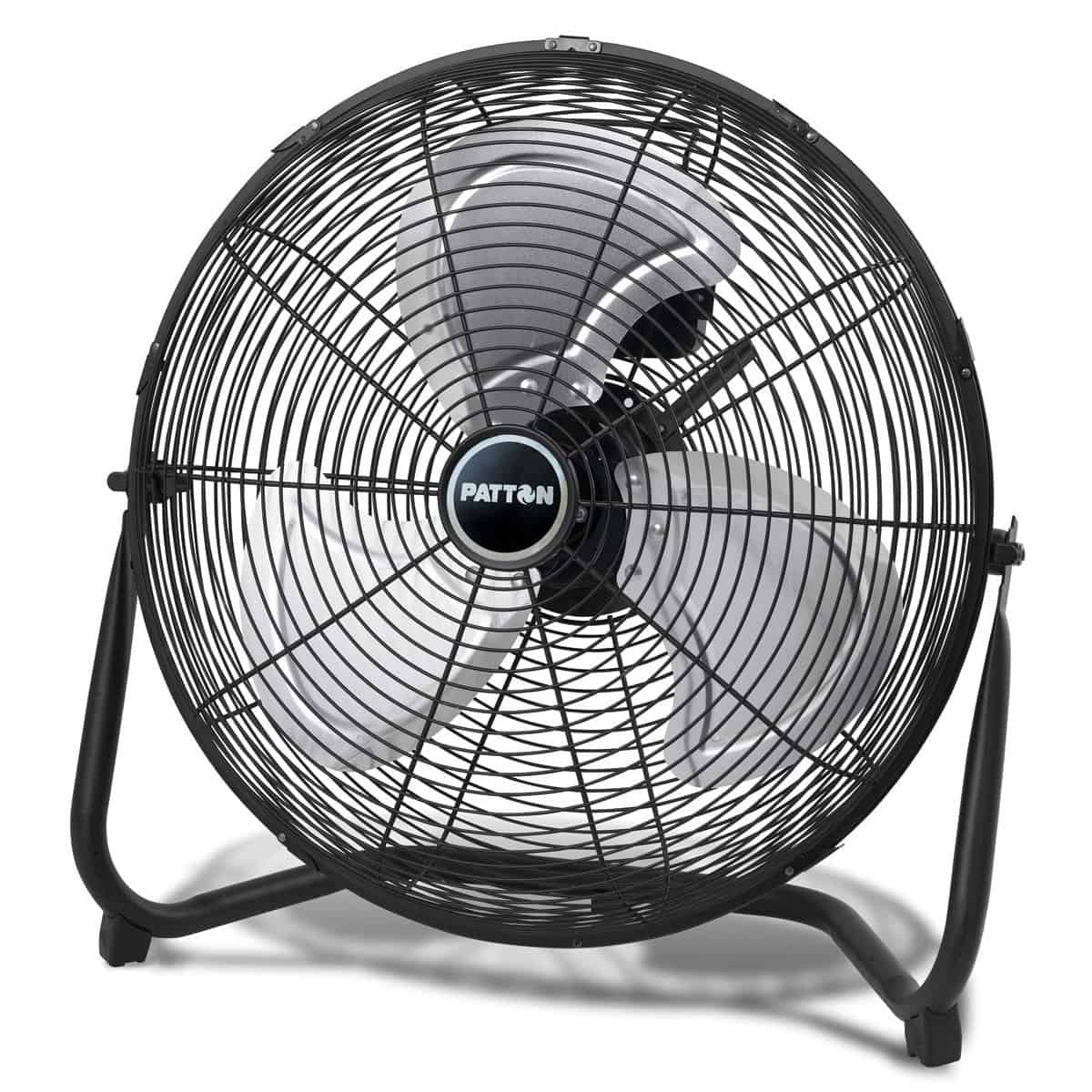
![7 Best Magnetic Screen Doors in [year] 36 7 Best Magnetic Screen Doors in 2025](https://www.gadgetreview.dev/wp-content/uploads/best-magnetic-screen-door.jpg)
